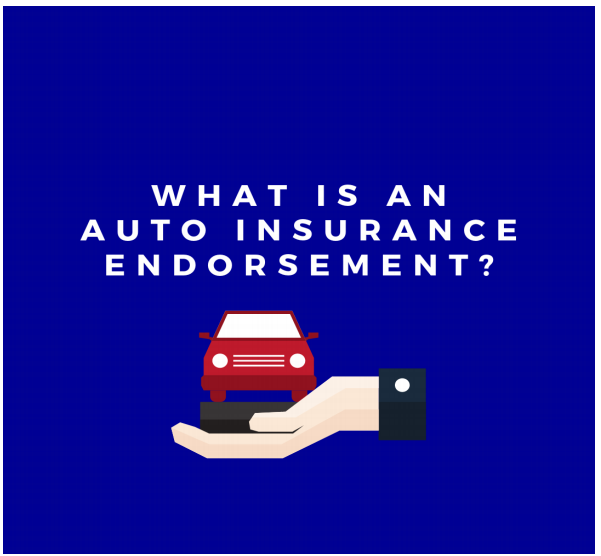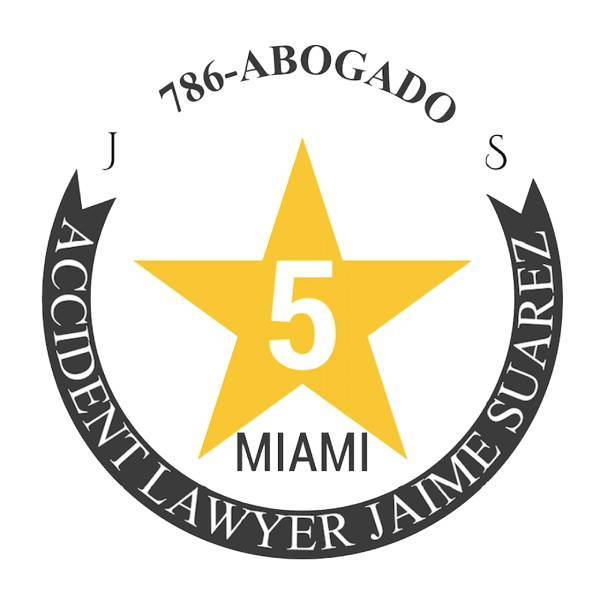
What is An Auto Insurance Endorsement?
Insureds and insurers have been disputing coverage for centuries, and when a word, clause, or phrase is unclear and ambiguous, the courts generally rule against the party that wrote it, usually the insurance company. Most insurance policies consist of four parts, each equally important in the adjustment of a claim under the policy. The first is the Declarations, which spells out who, what, when, where, and how much of coverage. Next is the Insuring Agreements where the scope of the coverage is explained, including a list of the perils covered by the policy and definitions. This is followed by the Exclusions, which limit the coverage, and the Conditions, which provide the operating rules and instructions for handling claims under the policy contract. Additionally, there are various endorsements, waivers, certifications, and other documents which may be made a part of the policy or issued in conjunction with it must be considered when reviewing each of these aspects. The fact that a policy exists does not confirm that coverage in the policy applies to any and all types of accidents. That is a matter for investigation by the insured and the claims representative or attorney. Confirmation requires coverage analysis as related to the loss. In order to do this, it is important to take the following steps:
1. Review all factors in the Declarations Page of the policy.
2. Analyze the Insuring Agreements of the policy, or the intent of the SelfInsured plan.
3. Review of all exclusions which may apply to the loss.
4. Review all Conditions and definitions in the policy for any applicability to the claim or handling of the claim
5. Review other applicable insurance or self-insurance programs available to the risk for overlap, contributing coverage, or other factors affecting the loss.
What is an Auto Insurance Endorsement?
Endorsements to an insurance policy can expand or restrict coverage contained in the main body of the policy. Where a conflict arises between the terms of the main policy and the language of the endorsement, the endorsement will supersede the previous policy terms to the extent that there is a conflict. Endorsements must be read together with the main policy and will supersede previous policy terms to the extent that there is a conflict. Endorsements are added to the insurance policy for the purpose of modifying the general terms of the policy. The endorsement is not a complete contract in itself. Endorsements expand or restrict benefits under the insurance policy or exclude certain conditions from coverage. The endorsement is read together with the insurance policy to determine the contract actually intended by the parties. An endorsement to an insurance policy can act as a predominating influence in determining the meaning and intent of the policy. To construe an insurance policy endorsement in isolation and without reference to the other policy provisions is against the principles of basic contract law for insurance contracts because insurance contracts must be read and construed as a whole and not piecemeal. The application for insurance becomes a part of the agreement between the parties, and the policy and the application together constitute the contract of insurance. A single insurance policy provision should not be read in isolation and out of context, for the contract is to be construed according to its entire terms, as set forth in the policy and amplified by the policy application, endorsements, or riders. To conclude, remember that an insurance contract includes the printed form policy, declarations, and any endorsements. Because endorsements become part of the insurance policy contract, it is important that they be placed and stored with the main insurance contract. Many endorsements and riders are issued subsequent to the policy and can alter the main coverage and an insured should seek an additional interpretation of the policy when these items are received.
Contact an Experienced Personal Injury Attorney Today!
There is no replacement for quality legal advice after being involved in a car accident. The car accident attorneys at Suarez and Montero would love to have an opportunity to explain the law in Florida to assist you in presenting a strong claim against the at fault party. Every firm is distinctive and auto accident victims have needs that are also distinct. needs are different. The Florida auto accident attorneys at Suarez & Montero encourage you to reach out so that we can explain more about the different ways that our law firm and attorneys can provide legal help and guidance after an auto accident. Make an appointment with us at one of our many locations. Remember, we work on a contingency basis so you will owe us nothing If we are unable to obtain successful results for your case. The attorneys at Suarez & Montero can meet with you to discuss further. always available to talk with you and answer your questions. Our skillful attorneys are genuinely committed to our clients. We will fight to make sure that you get the maximum amount of compensation owed to you. Let us help you get the medical care you need and fight to make sure you are compensated for your injuries! Our attorneys are ready to provide proven legal representation in pursuing your claim and stand ready to protect your rights. We are available 24/7 to give you a free, no risk case consultation.
We serve clients throughout Florida including those in the following areas:
Miami-Dade: Aventura, Coral Gables, Doral, Fontainebleau, Hialeah, Homestead, Kendall, Miami, Miami Beach, Miami Lakes, North Miami, Tamiami, and Westchester.
Broward: Fort Lauderdale, Hallandale Beach, Hollywood, Pembroke Pines, and Weston; and Palm Beach County including Boca Raton, Lake Worth, and West Palm Beach.
The Law Offices of Suarez & Montero Car Accident Attorneys represents accident victims injured in various types of accidents including:
• Distracted Driving Accident Lawyers
•Drunk Driving Accidents
• T-Bone Car Accidents
• Road Rage Car Accidents
• Head-on Collisions
• Rollover Accidents
• Rear-end Car Accidents
• Left Turn Accidents
• Failure to Yield Car Accidents
• Sideswipe Accidents
• Merging Accidents
• Lane Change Accidents
• Construction Zone Car Accidents
• Truck Accidents
• Semi-Truck Accidents
• Bicycle Accidents
• Train Accidents
• Pedestrian Accidents
• Boating Accidents





